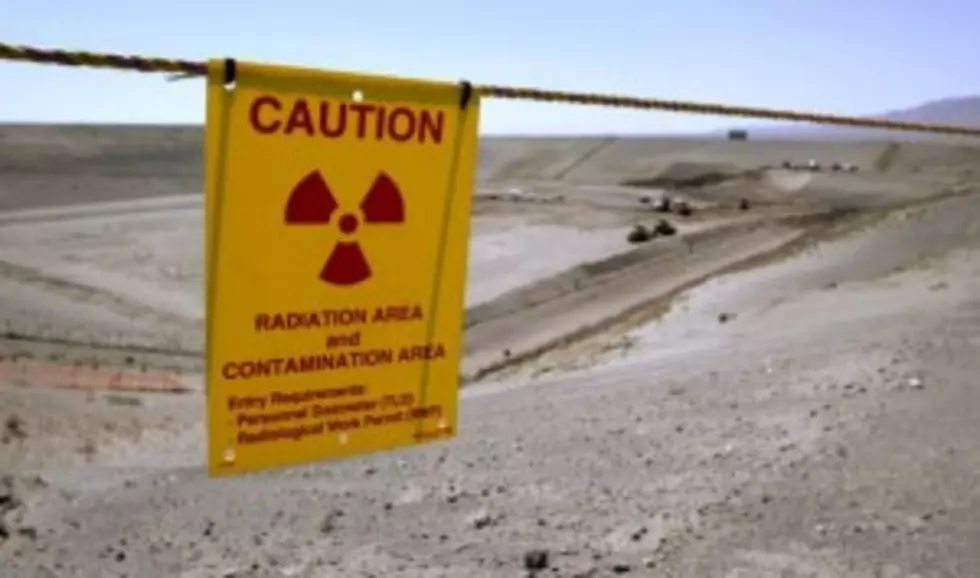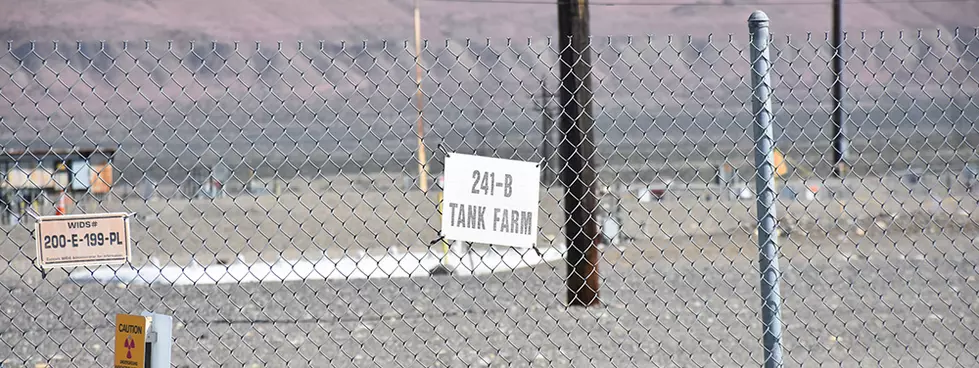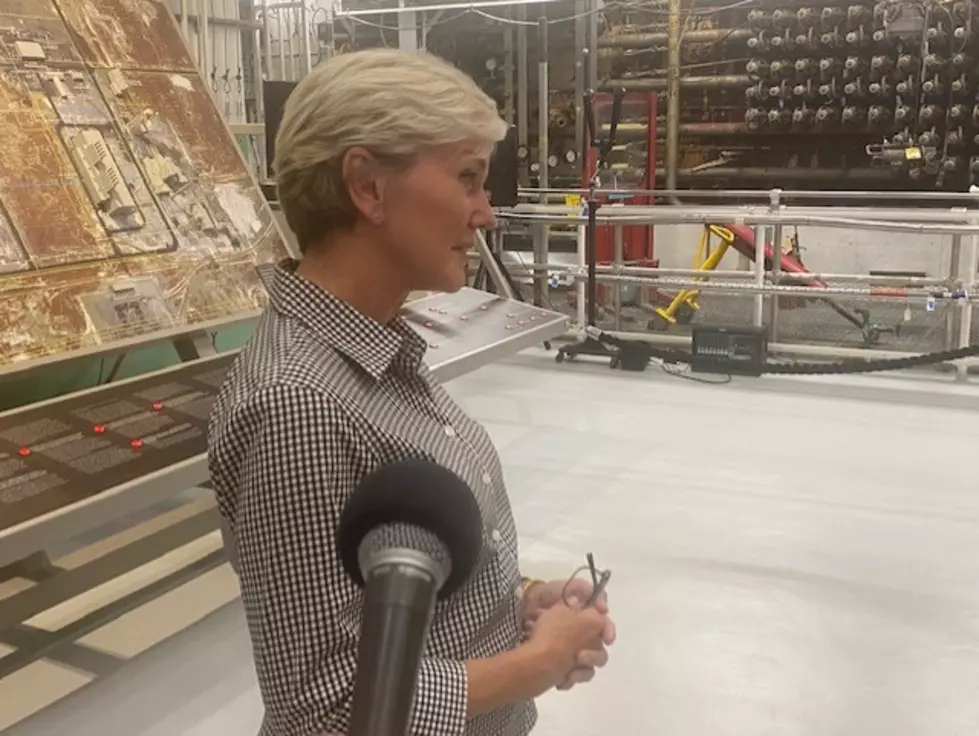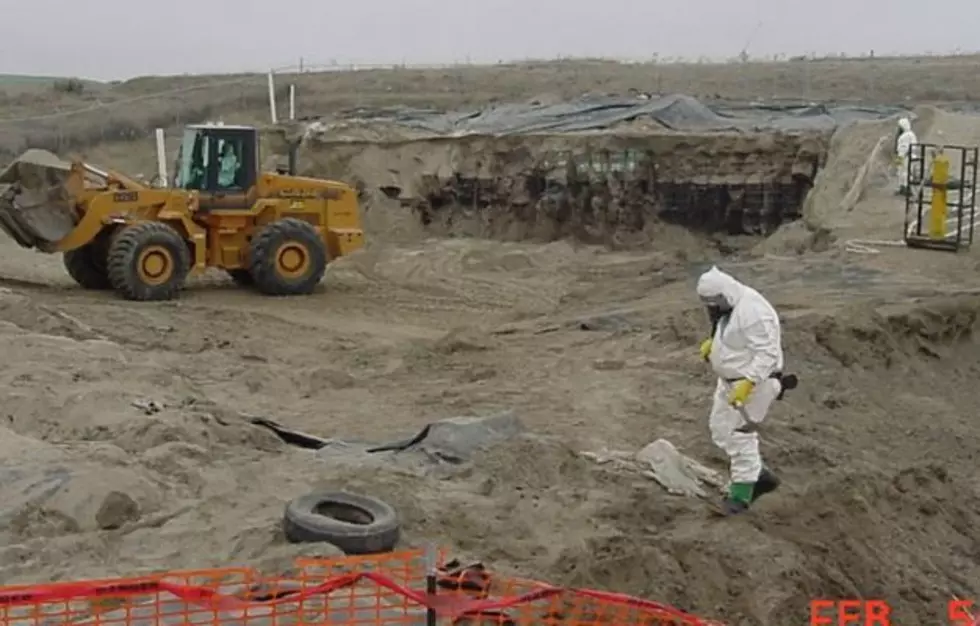
Gov. Inslee – Six Hanford Tanks Could Be Leaking 1,000 Gallons A Year – What Are Ramifications?
Gov. Jay Inslee raised eyebrows across the state and even the nation with his announcement this week that the six leaky storage tanks at Hanford could be oozing up to 1,000 gallons a year.
It's been well documented that nearly 1 million gallons has estimated to have leaked since the tanks were built during or just after World War II. After a lengthy and extensive process of building dozens of new double-shell tanks and pumping millions of gallons of liquid waste from the old single-shell vessels, the leaking situation was thought to have been stabilized around 2005.
However, new information from Energy Secretary Chu and the Department of Energy, six tanks are believed to be leaking, and Gov. Inslee says it could be up to 1,000 gallons annually. That information is based upon an assessment of the six leaking tanks.
The Seattle Times reports:
"Federal officials say there is no immediate threat to public safety and that they have not detected any discernible change in contamination levels in monitoring wells."
The Energy Department released information about the potential leaking rate of the tanks:
".. declining liquid levels in one tank at Hanford showed it was leaking at a rate of 150 to 300 gallons per year. DOE subsequently informed state officials that a second, larger tank was leaking at about the same rate, while the four smaller tanks were leaking at a rate of about 15 gallons per year."
DOE officials say no immediate health threat is present, and according to test wells and other monitoring data, the leaks are not anywhere near making their way into the Columbia River. But the leaks reinforce the need, says Gov. Inslee, to step up the cleanup efforts and the Vitrification plant, to remove the sludge and ooze that is left in the tanks. That's what's been leaking, says DOE.
The other significant issue is having to deal with contaminated waste in the soil once the tanks are cleaned up and emptied. DOE officials say once the materials are released into the soil, it presents another challenging cleanup scenario. While at this time there's no present health hazard, down the road these wastes are expected to eventually leak into the groundwater underneath Hanford. Previous studies have shown prior to the cleanup efforts, before the tank pumping and efforts to deal with contaminated soil, there was a radioactive "plume" in underneath the Hanford area.
The leaking has perhaps created a renewed sense of urgency on the part of DOE and other parties involved to get the tanks cleaned out, and the waste disposed of or at least stored securely to prevent further environmental issues.
More From 870 AM KFLD









